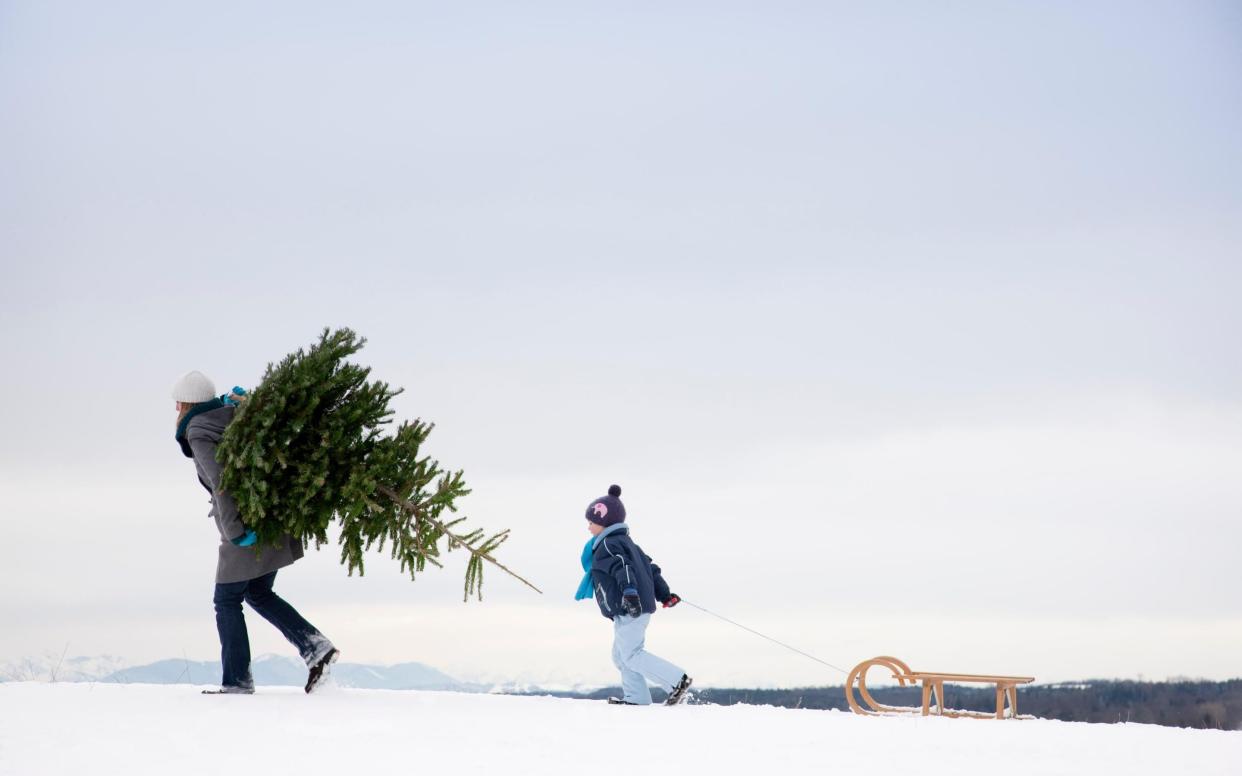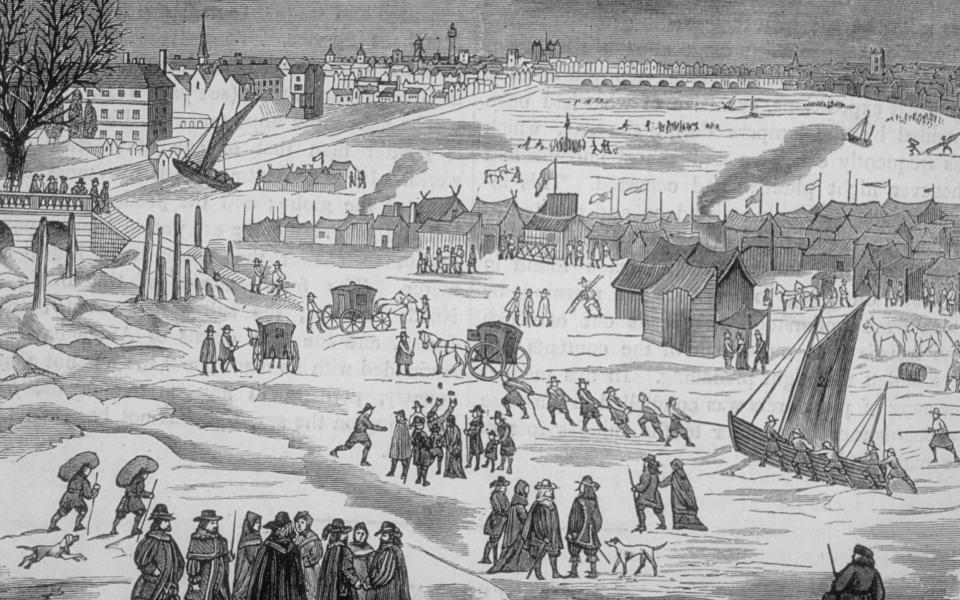White Christmas 2020: Will it snow in the UK and what are the latest odds?

Many Christmas tales tend to follow the same imagery; picturesque snow-covered towns and villages, log fires and a sense of joy as families get together reminiscing over the past year. But, despite the large coats, extra long scarves and thick boots, the chance of widespread snow on December 25th is usually pretty slim in the UK.
The relationship between snow and Christmas that we know today first began with the Victorians. The Charles Dickens novel, 'A Christmas Carol,' tells the story of Ebenezer Scrooge, an old businessman who hates Christmas but has a change of heart on the day. In it, and in multiple other books by Dickens, snow is heavily detailed during this holiday season.
While a white Christmas was more frequent when Dickens was a child, today, thanks to climate change, higher temperatures mean lower odds. Though that doesn't mean it's time to give up hope of a white Christmas just yet as they do still happen in the UK on occasion. So, we’ll keep dreaming of it and hopefully you will too.
But could we finally see a white Christmas in 2020? From the science behind winter weather to the bookmaker odds, here is everything you need to know about snow during the festive season.
What is a 'white' Christmas?
While Bing Crosby imagined a white Christmas to involve treetops glistening and sleigh bells ringing, the Met Office defines the term as at least one snowflake falling in a specific location during the 24 hours of December 25.
The Met Office also analyses the data from its observing stations across the UK to provide a better understanding of where snow has fallen on Christmas day. Snow doesn't need to settle on the ground to be a white Christmas either.
Not quite the white Christmas we all dream of but, according to the Met Office, there have only been four occasions in the UK in the last 51 years where more than 40 per cent of stations in the UK reported snow on the ground at 9am.
Latest white Christmas odds for the UK
Bookmakers have started offering odds on snowfall in a number of cities across Great Britain and the Republic of Ireland.
According to the Met Office, it might not snow on Christmas Day but you can are expect a cold frosty start to the day before a return to wet and windy weather on Boxing Day much like the rest of the week.
Ladbrokes' odds for snow to fall anywhere in the UK on December 25 is 5/4, having odds last month at 6/4. Alex Apati of Ladbrokes says: "Punters dreaming of a white Christmas look destined to get their wish later this year as we strap ourselves in for a record-breaking cold winter ahead."
Paddy Power spokesperson Amy Jones says: “In the words of Game of Thrones, winter is coming and it seems we may be adding to the craziness of 2020 with snow at Christmas.”
Latest odds from Paddy Power are:
2/1 Snow in Leeds on Christmas day
2/1 Snow in Aberdeen on Christmas day
3/1 Snow in on Dundee on Christmas day
11/4 Snow in Edinburgh on Christmas day
3/1 Snow in Glasgow on Christmas day
3/1 Snow in Birmingham on Christmas day
3/1 Snow in Norwich on Christmas day
4/1 Snow in London on Christmas day
4/1 Snow in Dublin on Christmas day
5/1 Snow in Belfast on Christmas day
5/1 Snow in Liverpool on Christmas day
5/1 Snow in Manchester on Christmas day
6/1 Snow in Bristol on Christmas day
6/1 Snow in Cardiff on Christmas day
Read more: Best Christmas gift ideas for 2020
History of Christmas Day snow and weather forecasts
Previously, the Met Office building in London was the location used to determine whether the UK had a white Christmas, but as the number of people betting on it has increased so has the locations used (as the odds show).
The last widespread white Christmas in the UK was back in 2010. A whopping 83 per cent of stations recorded snow on the ground, the highest amount ever reported. Technically, the last white Christmas was on Christmas Day in 2015, with 10 per cent of weather stations recording snowfall, though no station reported any of snow settling on the ground.
Perthshire, Scotland had 47cm of snow on December 25, 1981, the deepest figure ever recorded, while Gainford, Durham, had the coldest Christmas Day in 1878 at -18.3 C.
Capel Curig, Wales, experienced the wettest Christmas Day in 2015, with 165mm of rain and Sella Ness, Shetland Islands, faced the strongest winds at 101mph in 2011.
Why do we associate Christmas with snow?
It is thought that Christmas first became associated with snow during the Victorian period, after Dickens featured it in his books. Britain also experienced colder winters between 1600 and 1814, with temperatures often dropping to -13 C. This era is now known as the Little Ice Age. During this period, it was common for the River Thames to freeze and in 1536, King Henry VIII travelled from London to Greenwich on a sleigh across it.
The severe weather later led to the idea of 'frost fairs', where shops, ice rinks and pubs would open on the ice. In more recent years, snow has become a recognisable symbol of Christmas, often seen as part of cards, wrapping paper, festive artwork and tree decorations.

The science behind snow
The formation of snow begins when the temperature drops and there is moisture in the atmosphere, creating tiny ice crystals in the clouds that stick together and become snowflakes. Snowflakes, which are clear in appearance, become heavy and start to fall when enough crystals group together. The heaviest snowfalls tend to occur when the temperature is between zero and two degrees and blizzards occur when winds are strong.
According to the Met Office, the UK gets approximately 33 days of snowfall each year and on average it falls 3.9 days each year in December, compared to 5.6 days in February and 4.2 days in March.

